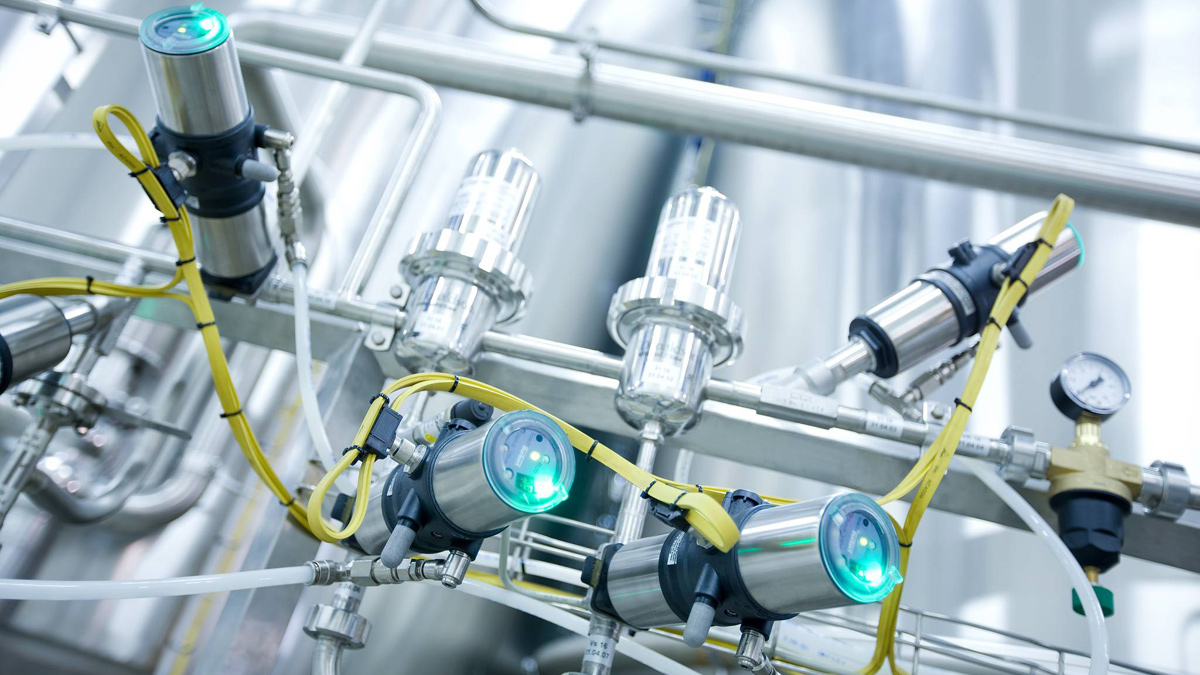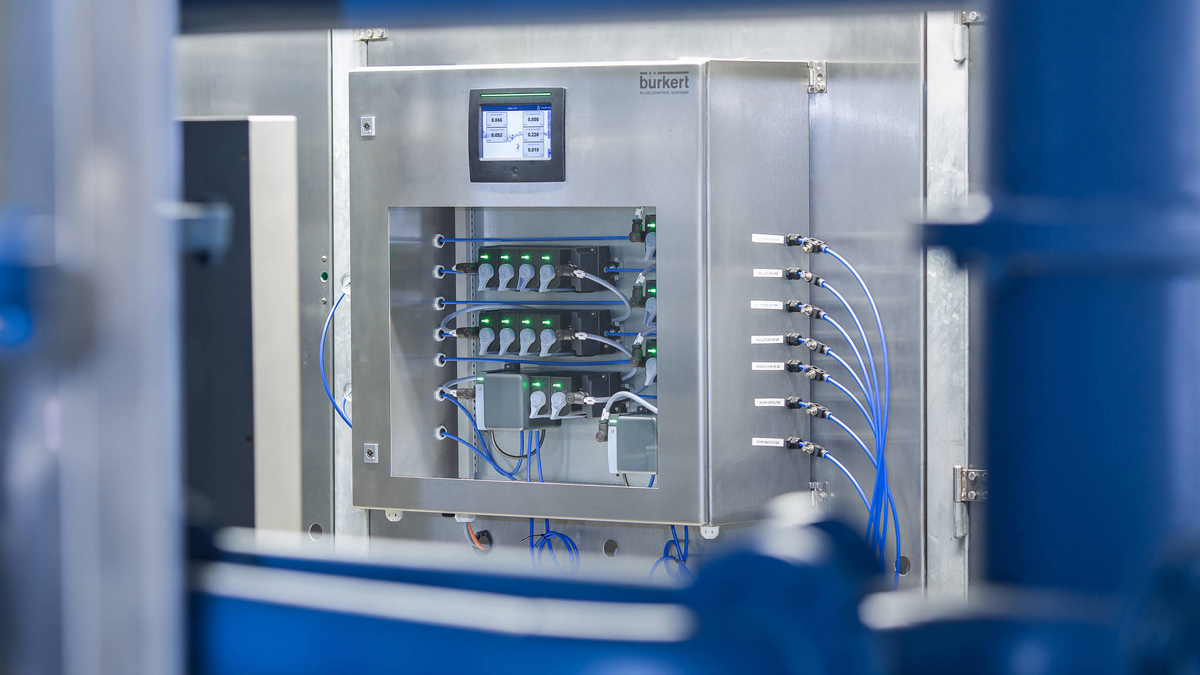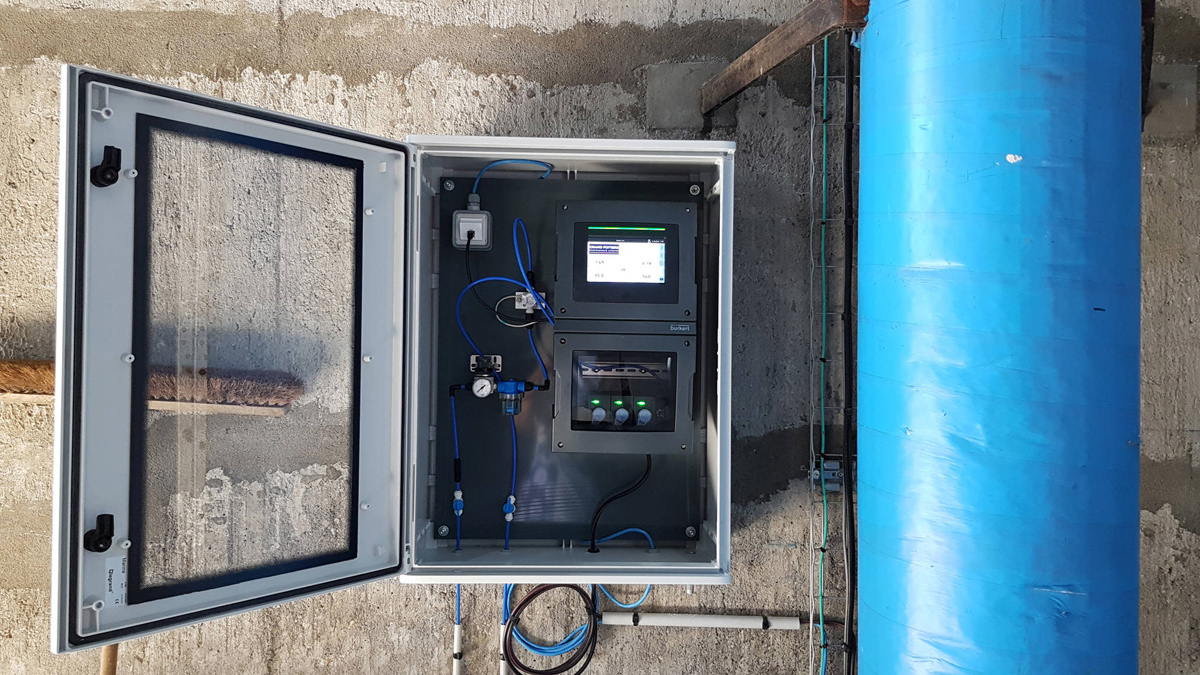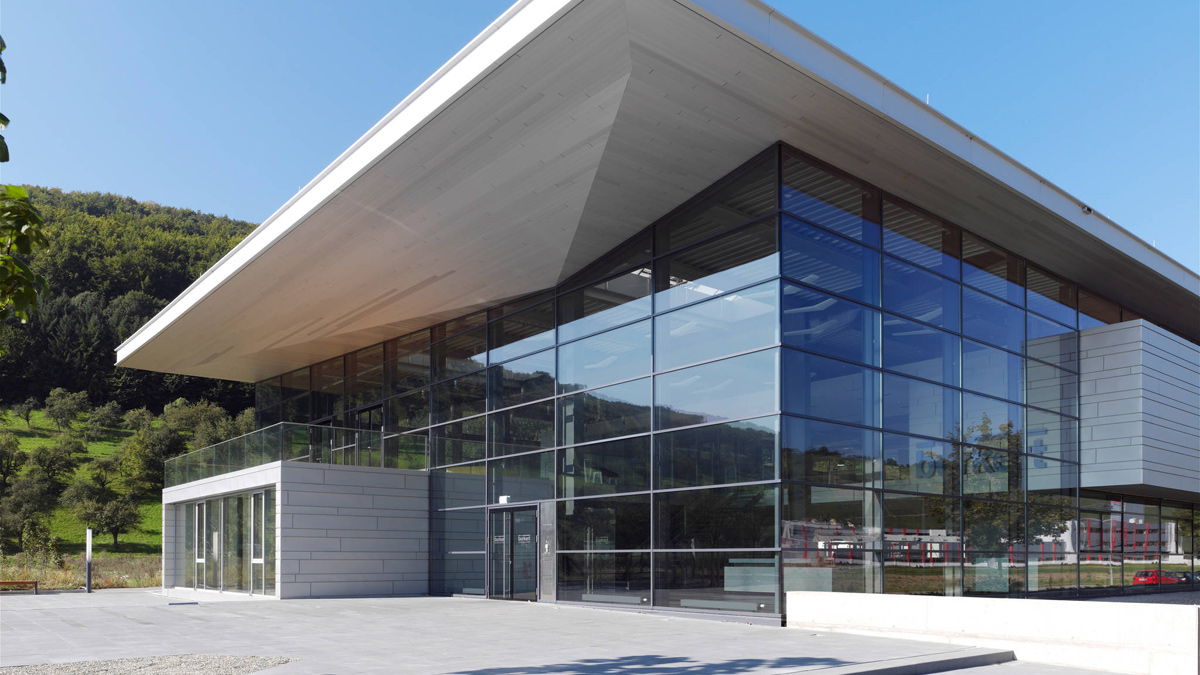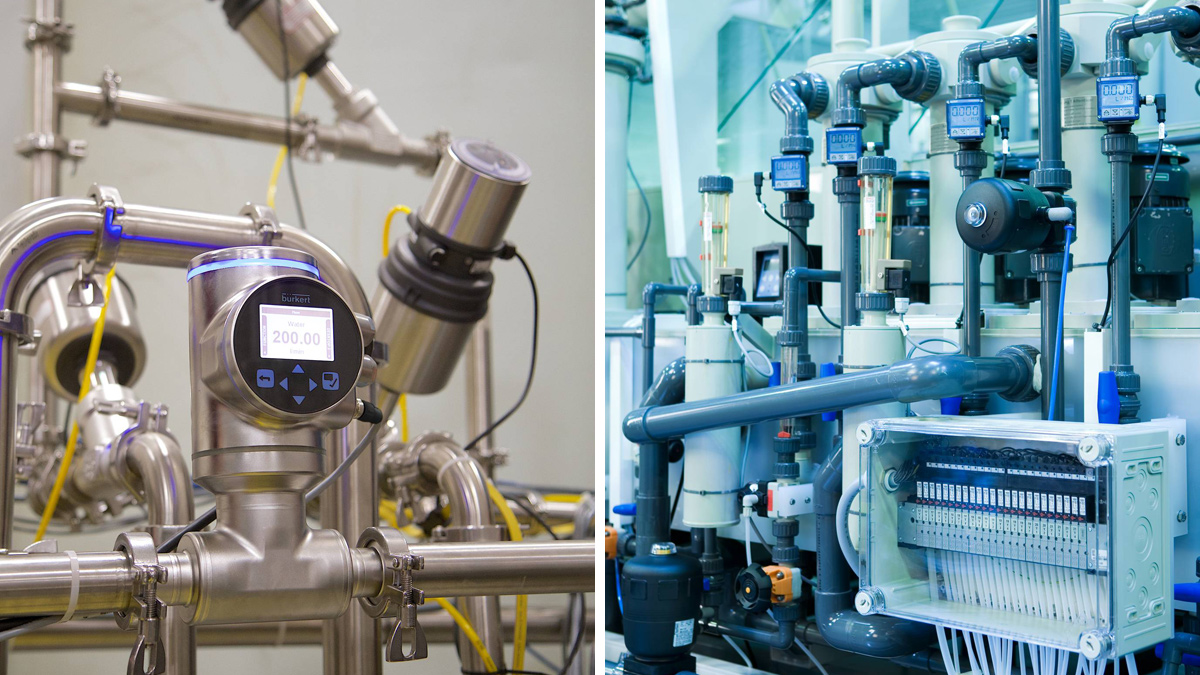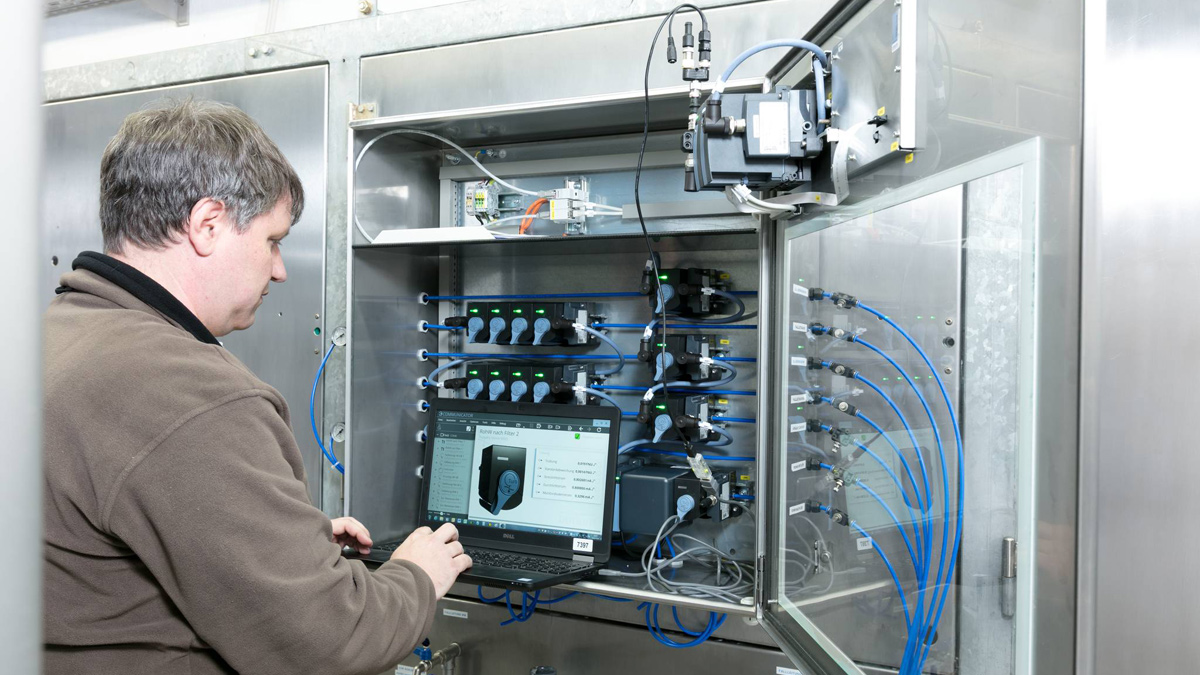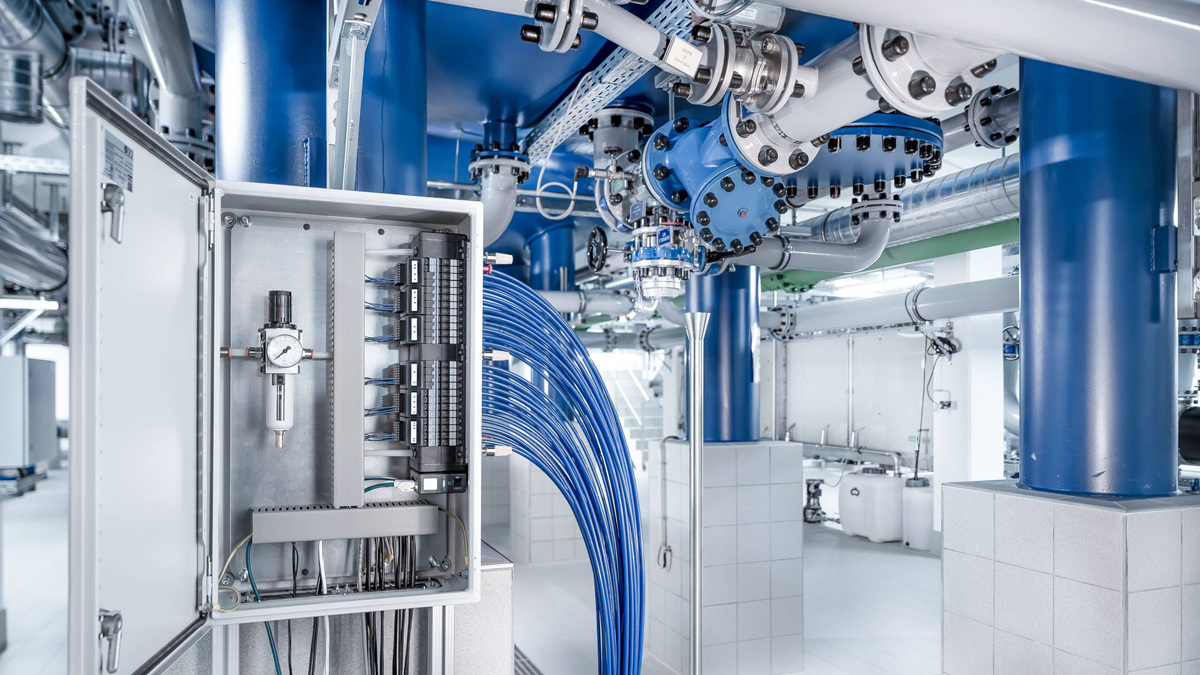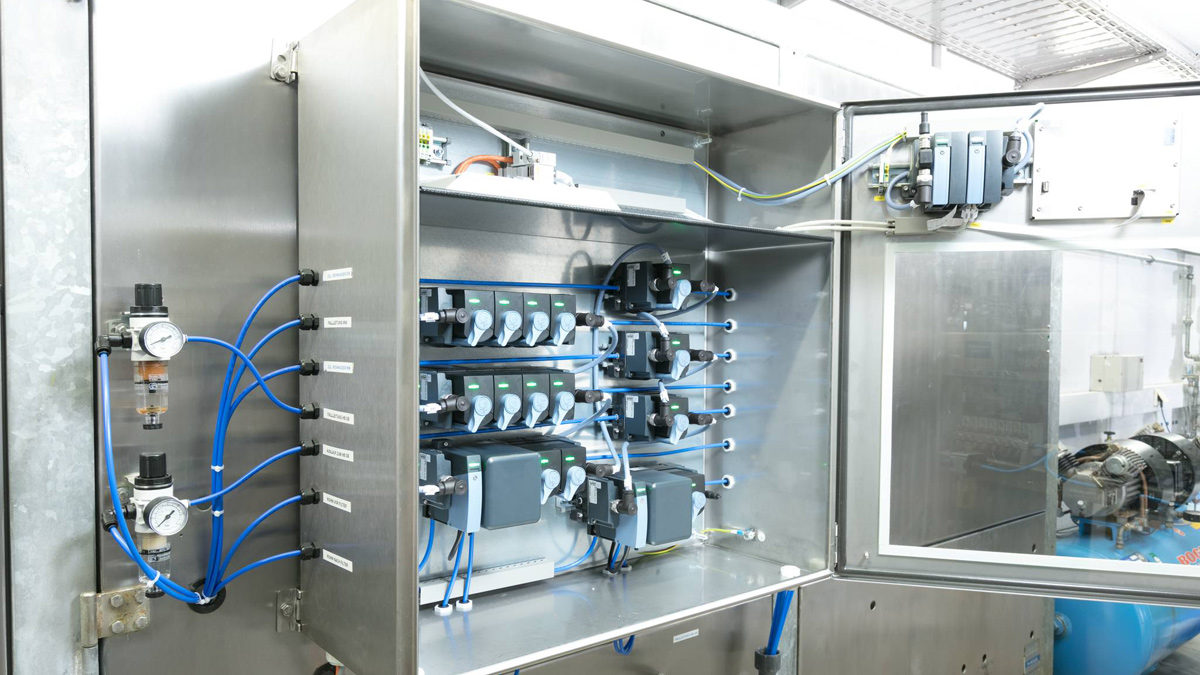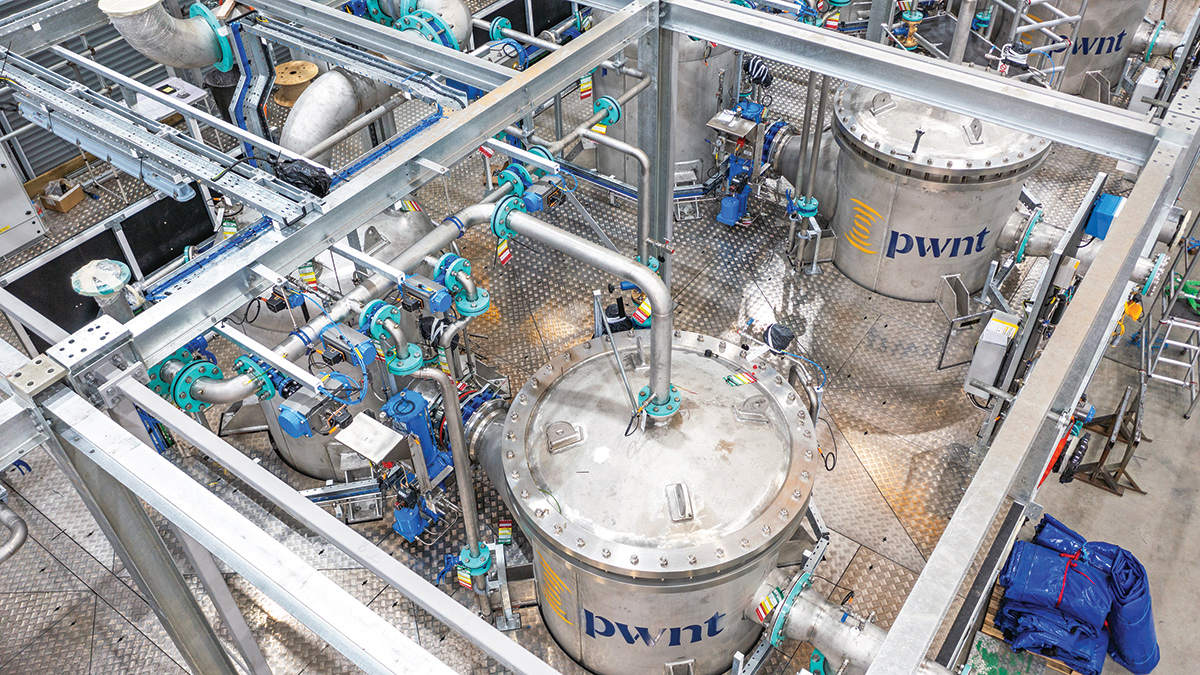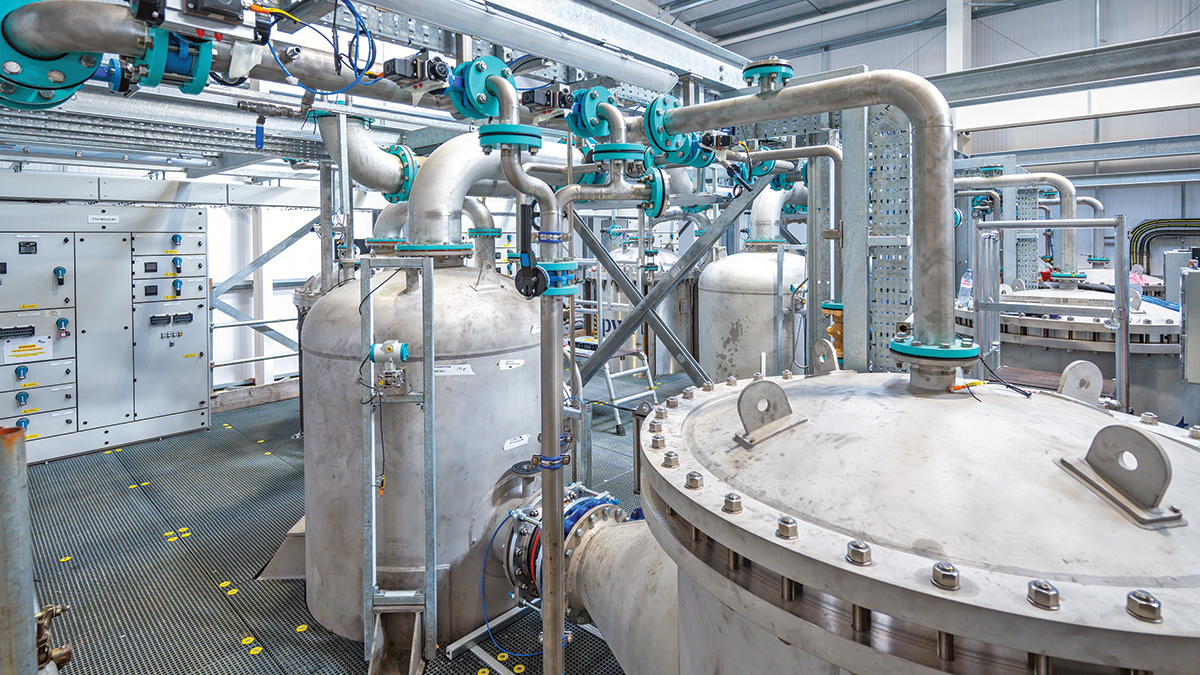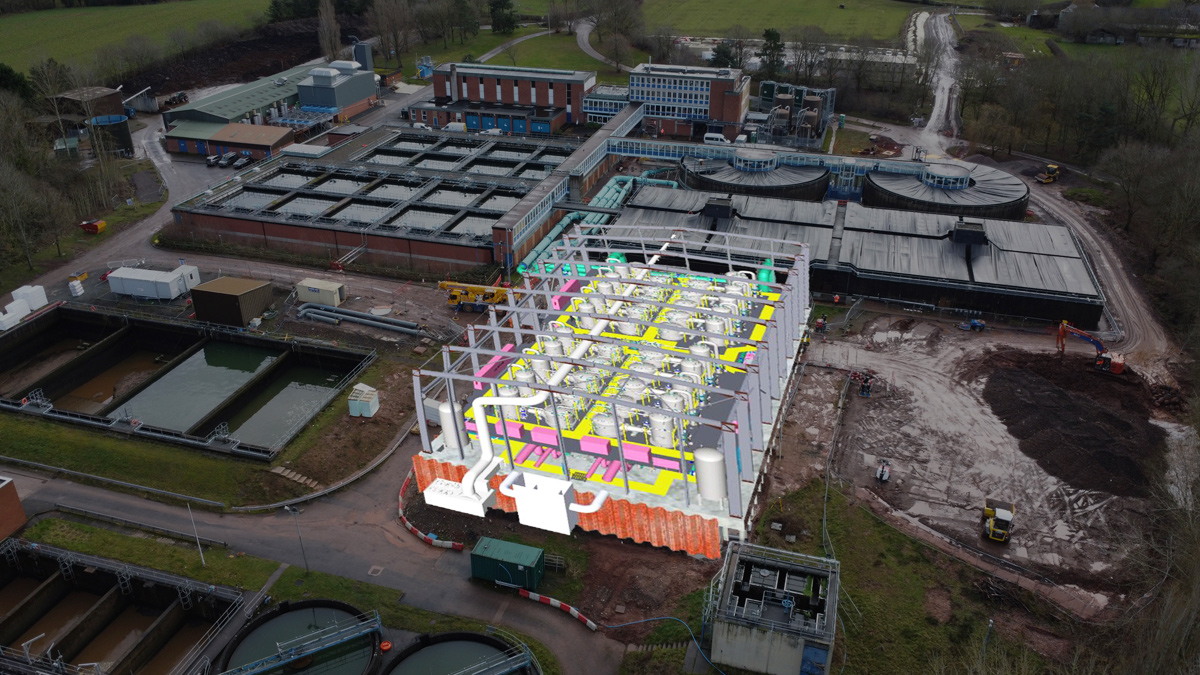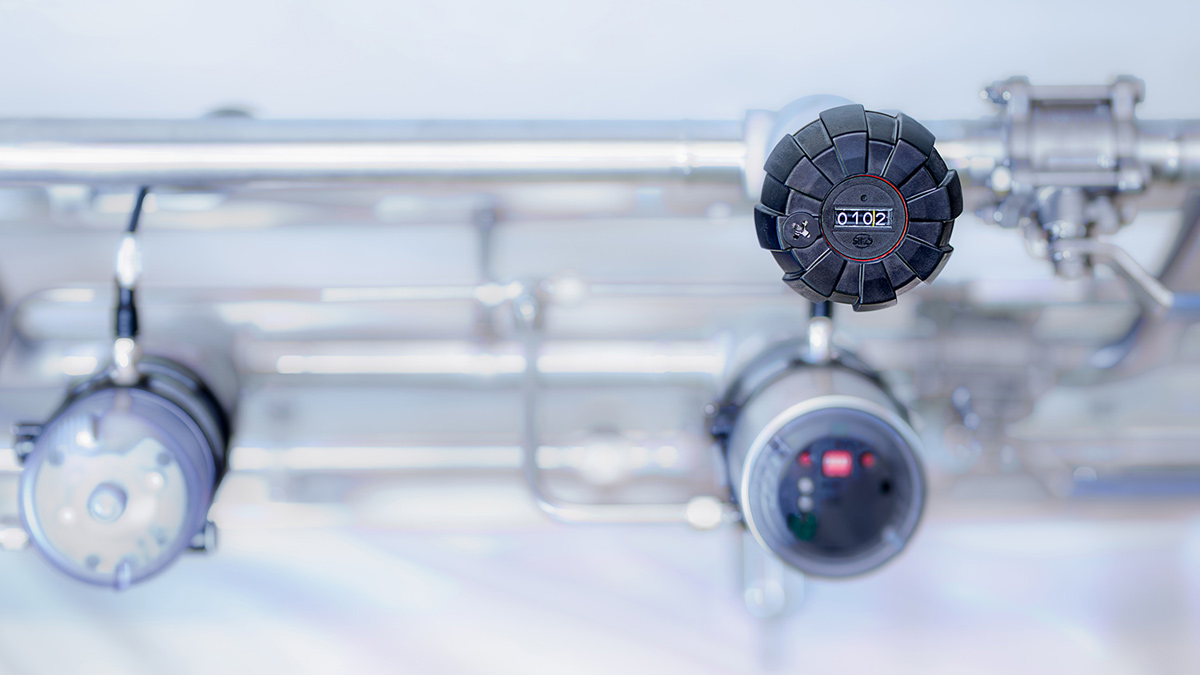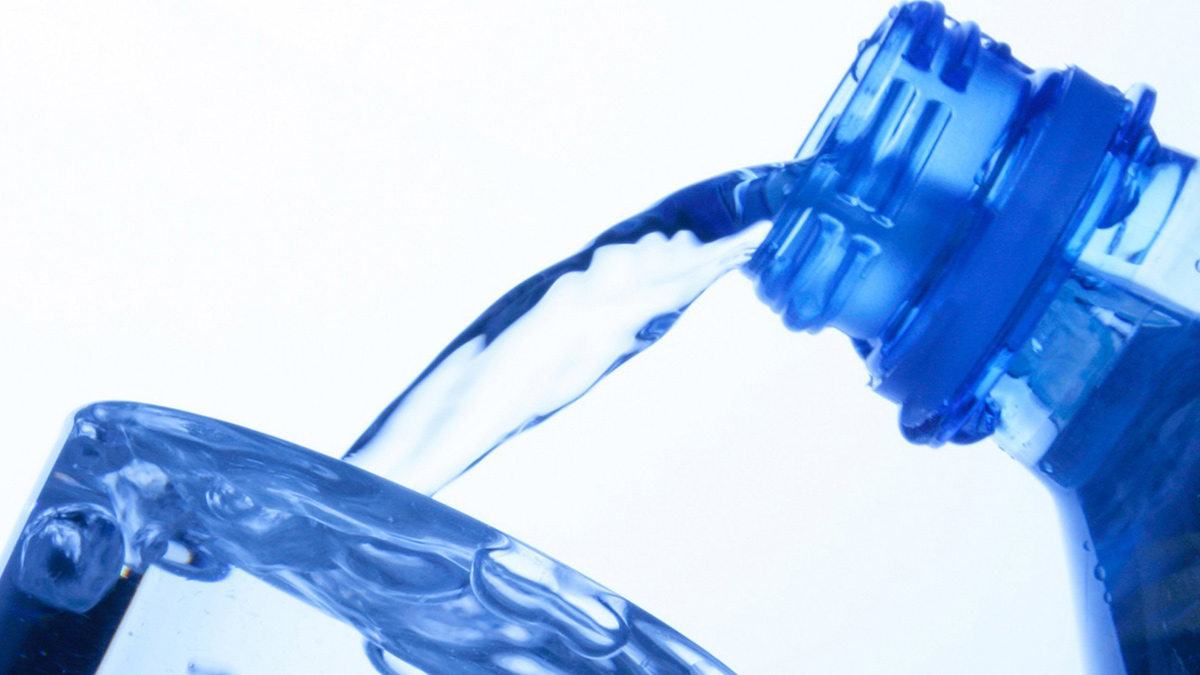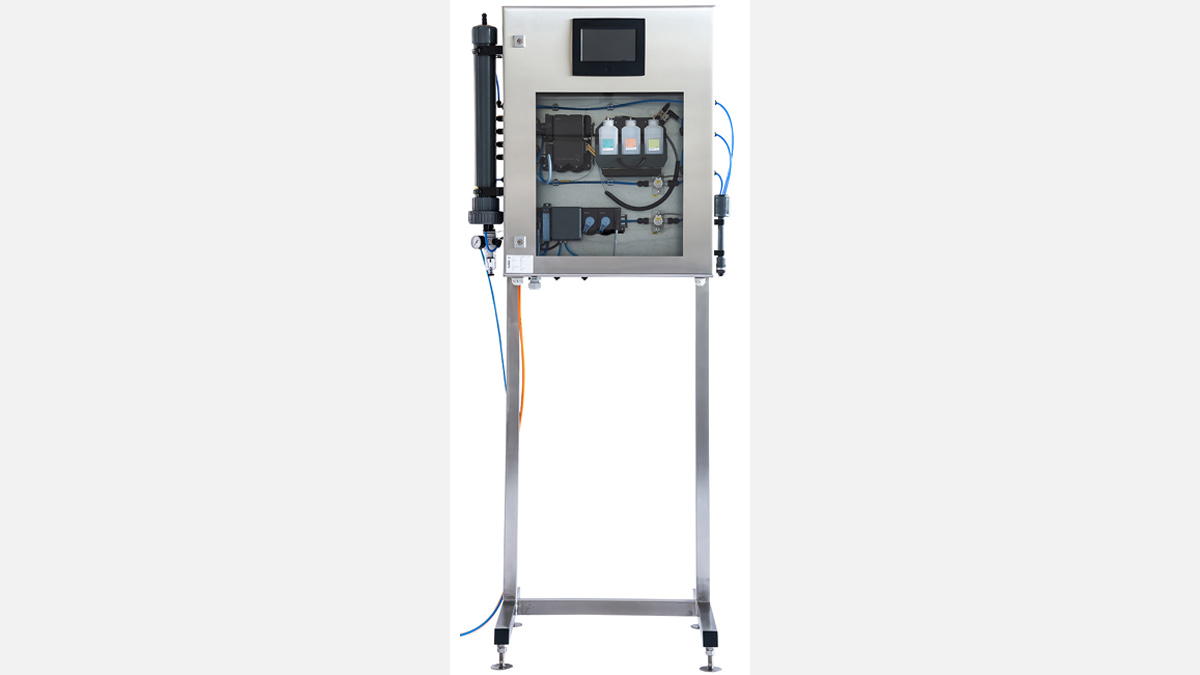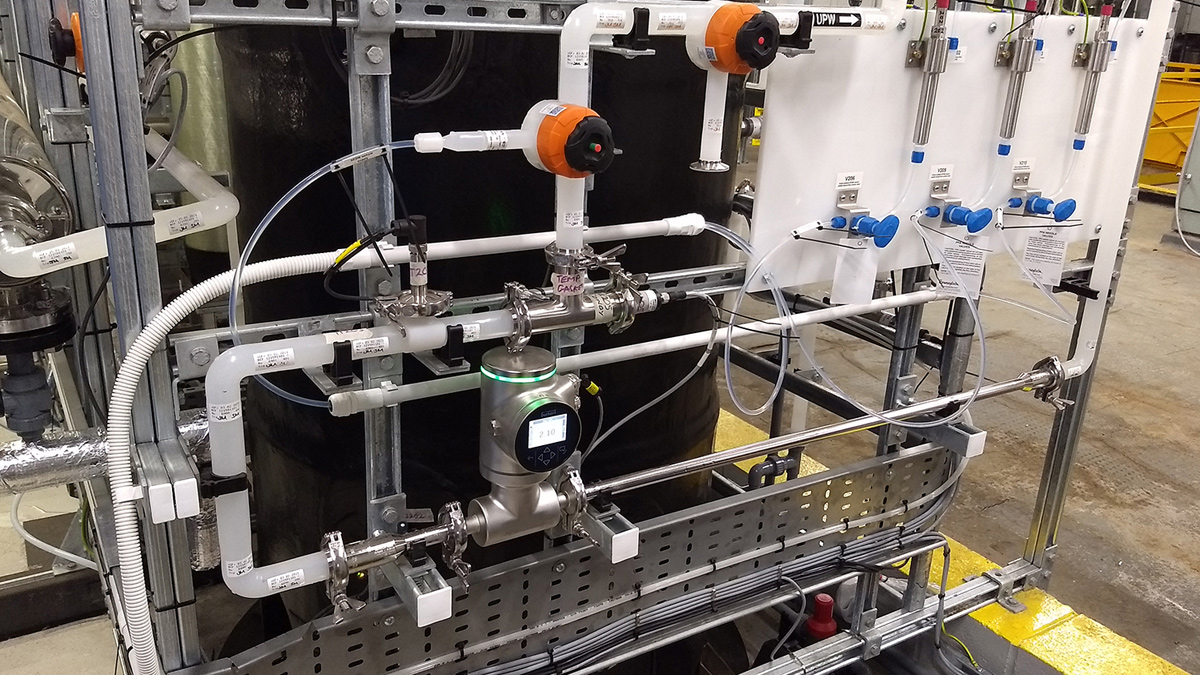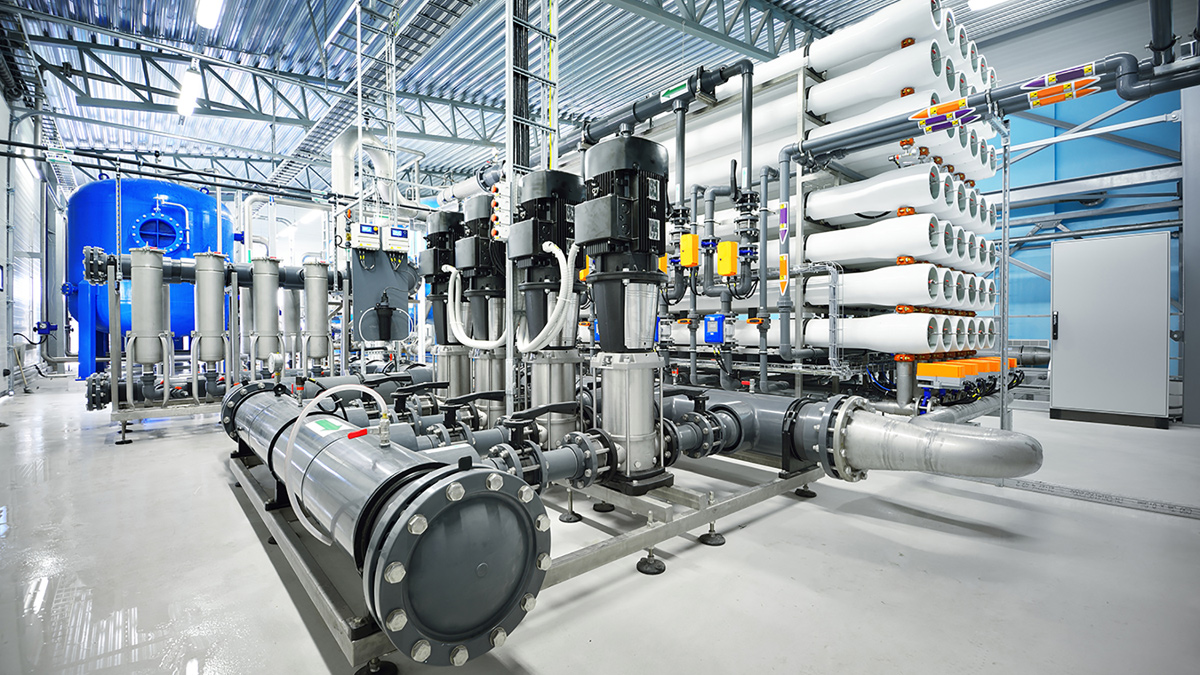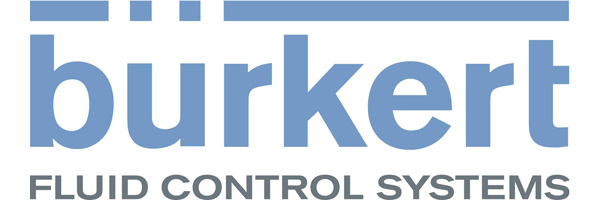Bürkert Fluid Control Systems
Improved Gas Feeding in Water Treatment
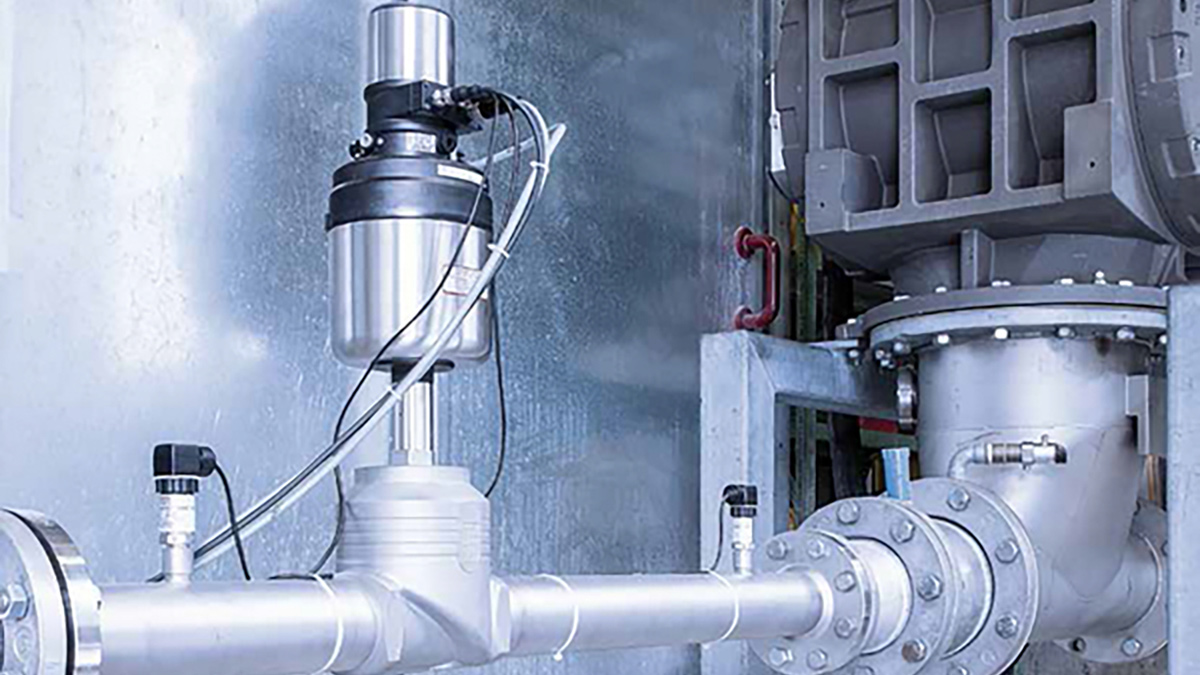
Improved gas feeding in water treatment
From the outset, the system requires accurate sizing and, combined with precise control enabled by automation, this will ensure product quality as well as a cost-effective process in the long term.
Accuracy is a key requirement for feeding gas in a water treatment process. This ranges from applications that require neutralisation of pH levels with carbon dioxide, removing iron or manganese to create process water, or oxygenating wastewater to assist the bacterial breakdown process. Imprecise gas insertion can result in reduced process performance and a lower quality end-product. Moreover, excess gas use can significantly increase process costs over the long term.
Achieving an optimal gas feed requires accurate and responsive control, and this starts with accurate sizing of the metering and control system. The fundamental requirement for measurement of gases present in water is a precise calculation of inlet pressure, referred to as P1, outlet pressure, referred to as P2, as well as the flow rate. Together, these values are used to accurately size the system’s mass flow meter (MFM) and control valves.
Sizing the system
Within a mass flow controller, the gas flows through a control valve orifice with a smaller diameter than the main pipe. This creates a pressure drop as the flow rate becomes proportional to the downstream outlet pressure, following Bernoulli’s principle that states an increasing fluid speed creates a corresponding decrease in static pressure. This explains the importance of clarifying either the P1 (inlet pressure) or P2 (outlet pressure) to determine the potential flow rate.
Confirming the accuracy of these values is as important for optimising an existing system as it is for specifying a new application. It’s not unusual for a customer site to use a mass flow meter or controller that hasn’t been correctly sized at the outset and is therefore inaccurate and unable to achieve the required flow rate. Usually, the site’s engineers know the inlet feed pressure, though rarely the outlet figure, but a flow control specialist will be able to assist with accurate sizing and required flow rate calculation.
As well as pressure and flow rate, it’s also vital to understand the precise gas volume to achieve the desired results for a given application. With this understood, a flow control partner can also support the calibration process to confirm accuracy of the sensors specific to the gases involved.
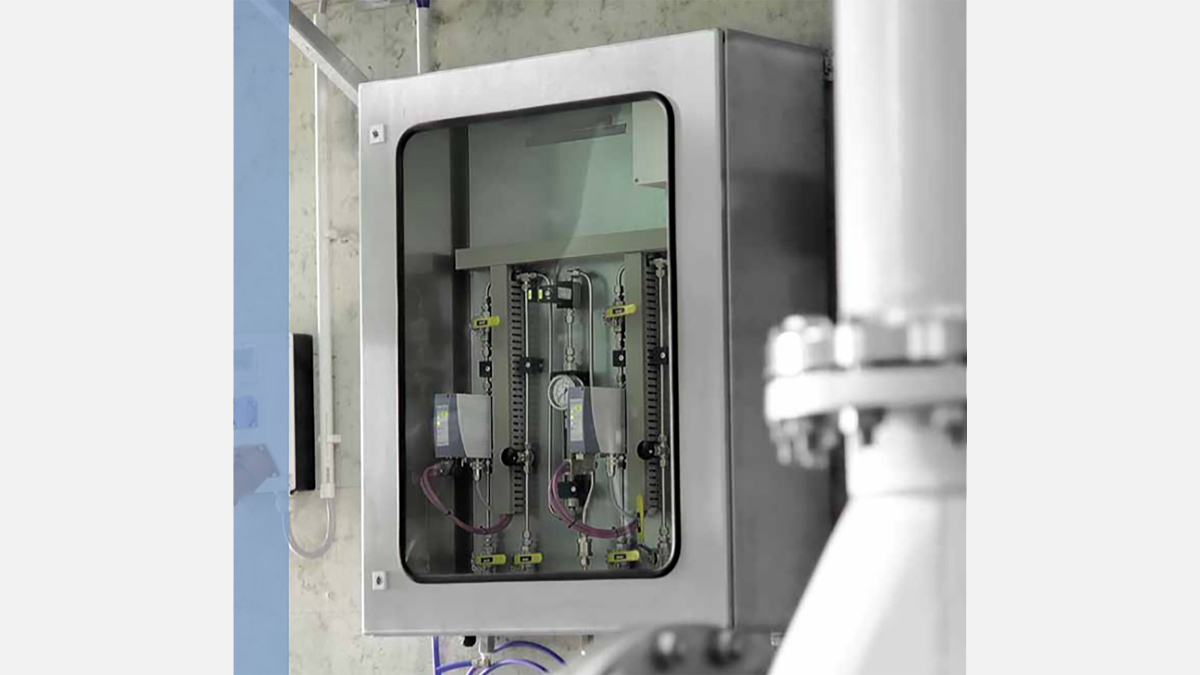
Improved gas feeding in water treatment
Controlling the gas feed
Assuming the ability to accurately measure gas flow, precisely controlling the feed is the next step. If gas pressure, flow rate and temperature are constant, fixed manual control of gas flow can be sufficient. However, this situation is a rare occurrence. Taking a CO2 infusion application, for example, as the gas is fed in and volume of CO2 in the host container decreases, inlet pressure also decreases, impacting flow rate accordingly. Opening the mass flow controllers orifice will increase flow rate, but maintaining accuracy across this control process requires automation to achieve the required precision.
Even more basic applications with a lower dependence on gas feed accuracy require human knowledge of mechanical valve control. However, this places greater reliance and time requirements for on-site operation by engineers, as opposed to time saving, automated control.
Managing flow also depends on the changing gas levels in the water. Controlling pH, for example, can require precise adjustment based on feedback from a probe. Accurate and repeatable results rely on a rapid control response according to the changing conditions, which can only be achieved without impacting throughput by an automated process.
Automation also enables faster and more accurate documentation, removing the time requirement and potential for inaccuracies in reporting. Applications in food and beverage, for example, demand frequent data recording with evidence of accuracy from calibration records to meet national standards. While an automated system ensures a robust process, it also reduces costs in the long term, compared to human data logging.
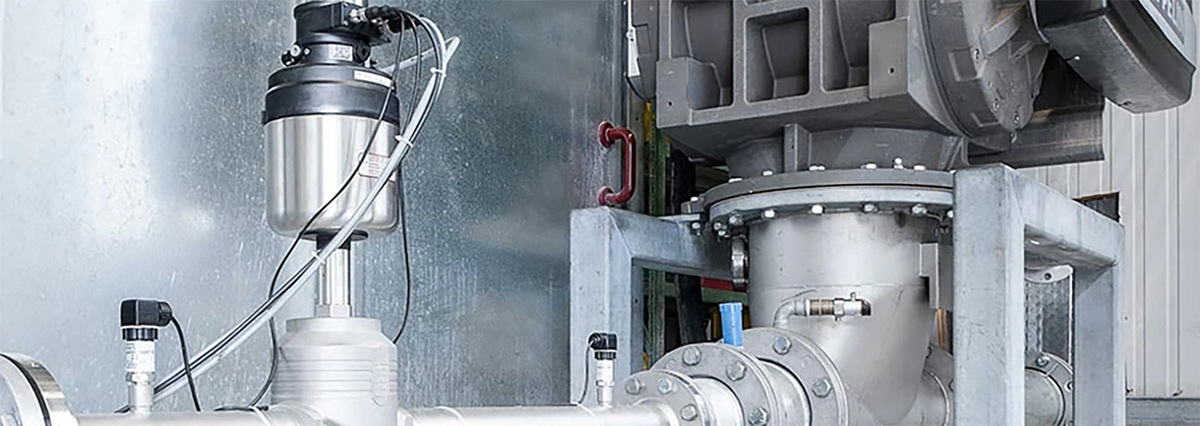
Improved gas feeding in water treatment
Automated metering and control solution
While an experienced systems integrator might only require an accurate mass flow meter to achieve these benefits, OEMs and end-users can benefit from assistance in sizing, as well as a full package of flow system components including metering, larger control valves and sensors. Bürkert’s engineers can provide a comprehensive system that is tailored to specific requirements and designed with all the components supplied in-house to ensure compatibility and optimum performance.
This service will not only achieve an accurate gas control system to meet the application’s conditions, but it will also reduce the long term costs in raw materials, human resources and maintenance.
For more infomation: Bürkert Fluid Control Systems | +44 (0)1285 648720
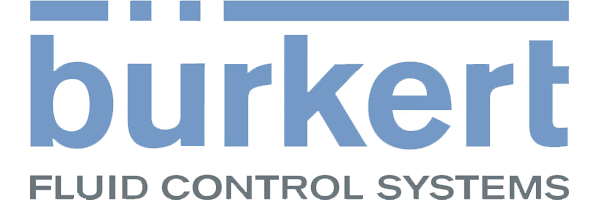
Bürkert Fluid Control Systems is one of the leading manufacturers of control and measuring systems for fluids and gases. The products have a wide variety of applications and are used by breweries and laboratories as well as in medical engineering and space technology. The company employs over 2,200 people and has a comprehensive network of branches in 35 countries world-wide.
